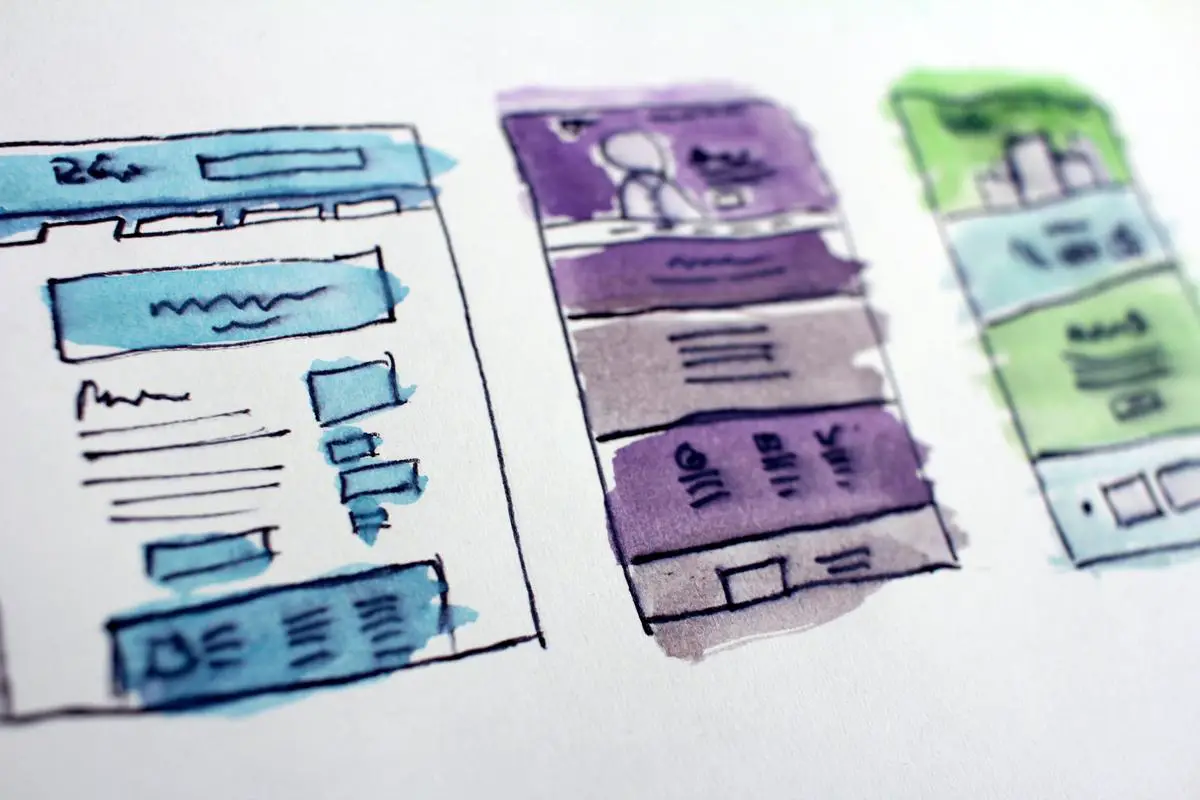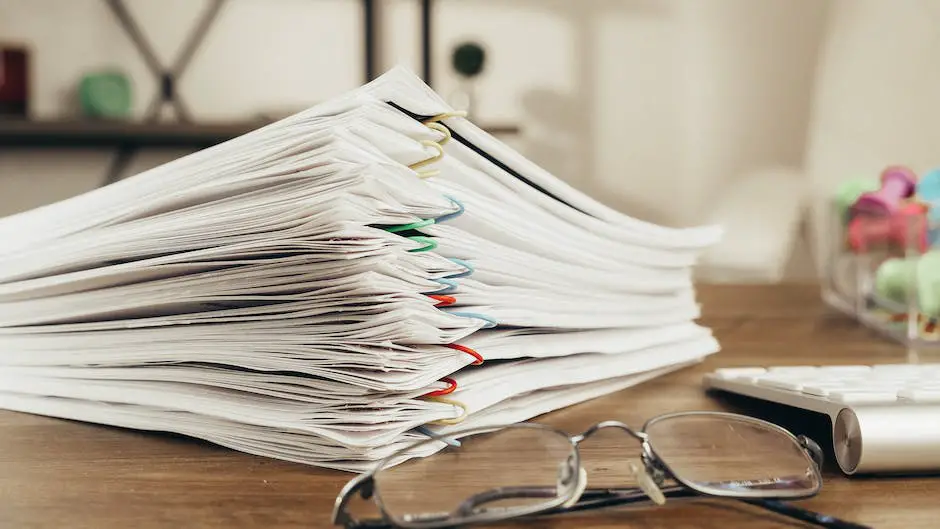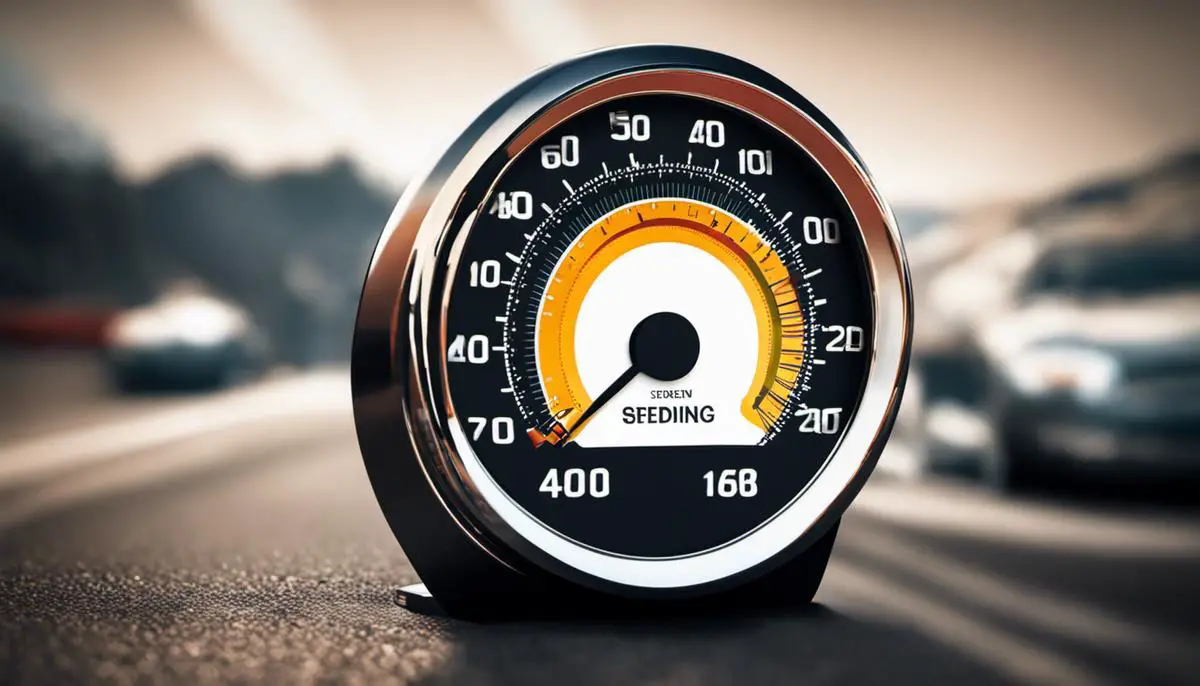In the realm of digital interaction, the rapidity and seamless transmission of information is crucial. Site speed, a significant determinant of these factors, is not an abstract concept but rather is intricately linked to user experience, site traffic and overall site success. Its measurement and importance cannot be understated. Intimately tethered to site speed is website design—a harmonious symphony of images, typography, colors, and layout. Every design choice, intentional or not, has the potential to impact, for better or worse, a website’s loading time and overall speed. This knowledge ushers us into the realm of site optimization techniques, potent tools that can greatly enhance the user’s interaction with a website by improving its speed.
Understanding Site Speed
Understanding Site Speed
Site speed, also known as page load time, refers to how quickly a web page is able to download and display all of its content to a user. It is a key metric to pay attention to because it has a major impact on user experience. If visitors on your website are met with a slow loading time, they may grow impatient and leave, which can in turn affect your bounce rate and overall traffic. For websites that operate as online stores, a slow site speed can even lead to decreased sales and customer satisfaction.
How is Site Speed Measured
There are several useful tools that can help you measure the speed of your website. One of the most popular is Google’s PageSpeed Insights, which provides you with a score for both mobile and desktop performance and offers suggestions for improvements. Other tools include Pingdom and GTmetrix. All of these tools work in a similar way – you simply enter your website’s URL, and you will receive an in-depth report of your site’s speed performance. The factors that can affect the speed include server response time, compression, minification, cache, images and content distribution network.
Why Site Speed Matters
Site speed is vital for a few reasons. Firstly, website visitors will quickly become frustrated if they have to wait for pages to load. Studies show that if your website takes longer than 3 seconds to load, 40% of visitors will abandon it. Secondly, site speed impacts your search engine optimization (SEO) ranking. Google now uses mobile site speed as a ranking factor for its mobile search results. This means that the faster your site loads, the higher it will rank in Google’s search engine results pages (SERPs).
Website Design and Site Speed
Website design significantly impacts site speed. Simple designs with minimalistic elements load faster than complex, media-ridden pages. Large, high-quality images, videos, and other media files can slow down your site speed, as can using too many plugins or widgets.
Moreover, older, outdated website designs often utilize inefficient HTML and CSS that can slow down site speed. Therefore, regular updates and maintenance of your website design are essential for maintaining optimal site speed.
How to Improve Site Speed Via Design
To improve site speed through your website’s design, consider the following tips:
- Optimize Images: Lower the size of your images without sacrificing quality. You can use online tools for resizing and compressing images for web use.
- Minimize HTTP Requests: Try to reduce the number of files that need to load on your website. This could involve consolidating all your CSS or JavaScript files into one larger file.
- Implement Browser Caching: With browser caching, assets on your website are stored in the user’s cache, letting the browser download less data and load pages faster for return visitors.
- Use Less Plugins: The more plugins your website uses, the slower it will be. Choose high-quality, light plugins and remove any unnecessary ones.
The key is to strike a balance between an appealing, user-friendly design and a design that maximizes site speed.

Photo by halacious on Unsplash
Key Web Design Elements
Importance of Website Design Elements
Effective website design involves an intricate interplay of different elements such as images, typography, colors, and layout. Each of these components can significantly influence the speed and overall performance of the website.
The Impact of Images on Site Speed
Images are a great way to provide visual interest and support the content on a page. However, heavy and high-quality images can significantly slow down a website’s loading time. To ensure an optimal balance between aesthetics and performance, consider using web-friendly formats such as JPEG for photographic images and PNG for elements with transparent backgrounds. Compress images without comprising their quality to reduce their size and loading time. Also, consider using CSS sprites to group small images like icons, reducing the number of server requests.
The Role of Typography in Site Speed
Just like images, fonts also impact the speed of your website. Using system fonts, as opposed to custom fonts, can increase speed because they do not need to be downloaded. If custom typography is essential to your design, limit the variety and number of font weights used to minimize the download size.
Colors and Site Speed
Colors do not directly influence site speed. However, using more colors can lead to larger image file sizes, which can slow down page load times. Stick to a consistent color palette across your site to maintain a uniform design and possibly to help decrease file sizes.
Layout Design and Speed Performance
The complexity of your website’s layout can affect how quickly it loads. Grid formations, for example, are efficient designs that allow for quick loading times. The layout design also dictates how many components need to be loaded and presented. It’s critical to keep your design simple, clean, and uncluttered for better speed performance.
Code Optimizations for Speed
The HTML, CSS, and JavaScript code underpinning your website design also impact site speed. Excess or inefficient code slows down load times. Optimize your code by minifying and compressing your CSS and JavaScript files. Eliminate unnecessary elements and combine files wherever possible to reduce the number of HTTP requests your site has to make.
Use of CDN (Content Delivery Network)
To improve site speed, consider using a CDN. CDNs are networks that host your site’s files across various servers around the world, thus serving your content to users from their nearest geographic location. This reduces load times, especially for graphical elements.
In conclusion
When designing a website, aesthetics shouldn’t be the only consideration. Performance and speed are essential factors that influence user experience, retention, and SEO rankings, which ultimately affect your website’s effectiveness. Implementing the right strategies in choosing and handling design elements will ensure an optimally-performing website.

Site Optimization Techniques
Compressing Files
One of the fundamental ways to speed up a website is by compressing the files that make up the site. File compression reduces the size of your files, which thus decreases the time it takes for these files to load on a user’s browser. You can use tools such as Gzip for HTML, CSS, and JavaScript files. Just make sure these files are above 150 bytes, as Gzip is beneficial for larger files and might actually add unnecessary weight to smaller ones.
Optimizing Images
Another critical aspect of site speed optimization is image optimization. Large, high-resolution images can take a long time to load, resulting in slower site speeds. To optimize your images, you should resize them to their actual display size and compress them to reduce their file size. You can use online tools such as TinyPNG or JPEGmini to compress your images without compromising their quality. Additionally, use appropriate formats. JPEG is ideal for photographs, PNG is best for images with clear, solid colors, and SVG is perfect for logos and icons.
Minimizing HTTP requests
When a webpage is loaded, an HTTP request is made for each element on the page, including images, scripts, and CSS files. The more elements on a page, the more HTTP requests are made, which slows down the page load speed. You can minimize HTTP requests by keeping your website’s design simple and clean, combining CSS and JavaScript files, and using CSS instead of images wherever possible.
Using CSS Sprites
CSS Sprites is a technique that amalgamates multiple small images into one larger image. This method reduces the number of HTTP requests, thus enhancing website speed. For each image, you only need to specify the coordinates on the sprite image. It’s recommended to use spriting for icons, buttons, and other similar elements of the website.
Identify and Eliminate Render-Blocking Resources
Render-blocking resources, such as JavaScript and CSS, can prevent a web page from displaying quickly. These resources need to be processed before the page can load. You can eliminate render-blocking resources by deferring non-critical JavaScript and CSS, inlining those crucial to the first paint of your site, and minimizing the use of render-blocking resources.
Leverage Browser Caching
Browsers cache a lot of information like stylesheets, images, JavaScript files, etc., so when the visitor comes back to your site, the browser doesn’t have to reload the entire page. You can leverage this to improve the speed of your site by setting an expiration date for your cache or telling the browser which files to cache.
Enable HTTP Keep-Alive
HTTP Keep-Alive refers to the message that’s sent between the client machine and the web server asking for permission to download a file. Enabling HTTP Keep-Alive allows the client machine to download multiple files without having to repeatedly ask for permission, which can help to improve the speed of your website.
Optimize CSS Delivery
CSS holds the style requirements for your page. If your CSS files are large and numerous they can slow down your webpage’s load time. You can optimize your CSS delivery by minimizing and combining your files. Doing this can dramatically increase your website’s speed.
Remember, regular auditing of your site is important to identify areas that require optimization and keep your site’s speed in check. Using tools like Google’s PageSpeed Insights can help you assess your site’s speed and identify optimization opportunities. Implementing these site optimization techniques can result in a more efficient, faster-loading website which will improve user experience and potentially, your ranking in search engine results.

Practical Application
Understanding the Impact of Website Design on Site Speed
Your website’s design plays a huge role in determining its loading speed. Certain design elements can slow the site down by taking a long time to load, which could impact your site’s SEO effectiveness and user experience. Understanding these aspects and applying optimization strategies can considerably improve your site’s speed.
Prioritize Site Structure
Start by optimizing your website structure. An organized and simple hierarchy minimizes the number of clicks visitors have to make to get to a particular page. This allows search engines to crawl through your site more efficiently, reducing the server requests and ultimately speeding up your site loading time.
Optimize Images
Images are often the major contributor to a slow site. Compress images before uploading them, and try to keep their size below 500KB. Utilize online tools, such as TinyJPG or CSS sprites, to compress images or consolidate them into one image for reduced HTTP requests. Also, use the correct image format. JPEG is usually the best option for photos. For logos and illustrations, go for SVG.
Limit Use of Custom Fonts
Custom fonts might add a unique touch to your site, but they can also slow it down, as they require additional HTTP requests. Stick with web-safe fonts when possible, or an optimized custom font-loading strategy, like the Font Loading API, that reduces the impact on page rendering.
Enable Browser Caching
Browser caching stores some of your website’s files on the visitor’s browser. This means that whenever the visitor returns to your site, the browser doesn’t have to reload the entire page. Make sure to enable browser caching to speed up page load times for returning visitors.
Minimize Use of JavaScript and CSS
JavaScript and CSS enhance the look and functionality of your site, but they can also slow your site down as they require additional individual HTTP requests to load. Use them sparingly or minify your JavaScript and CSS files, which means to remove redundant or unnecessary data without affecting how a browser interprets the file.
Use a Content Delivery Network (CDN)
A CDN is a network of servers located across the globe that hosts website files. This ensures the content is being loaded from servers close to the users, making the website load faster regardless of their geographic location. Consider using a CDN to speed up your site delivery speed.
Follow Responsive Design Principles
A responsive design adjusts your site’s display according to the user’s screen size. This ensures optimal performance and speed for all users, regardless of the device they’re using, reducing redirections to device-specific sites and delivering a better user experience.
Regularly conduct website speed tests using tools like Google PageSpeed Insights. This will help you understand how your design choices impact your site’s speed. Keep refining, testing, and optimizing your website design and structure to keep it as speedy as possible.

With a deep understanding of site speed and its significance, along with a comprehensive comprehension of the pivotal role web design elements hold in driving this speed, it empowers the optimal utilization of site optimization techniques. The actionable strategy relies on the precise calibration and harmonization of these individual factors to not only augment the speed at the macro level but also to enhance the micro aspects of user experience. Compressing files, optimizing images, minimizing HTTP requests, using CSS sprite, among other strategies, form the crux of this optimization process that contributes to an efficient and effective website design capable of fulfilling the desired objectives.
